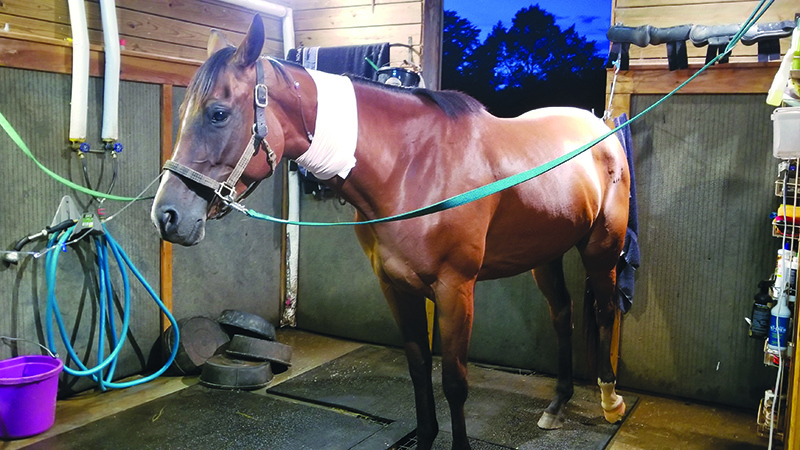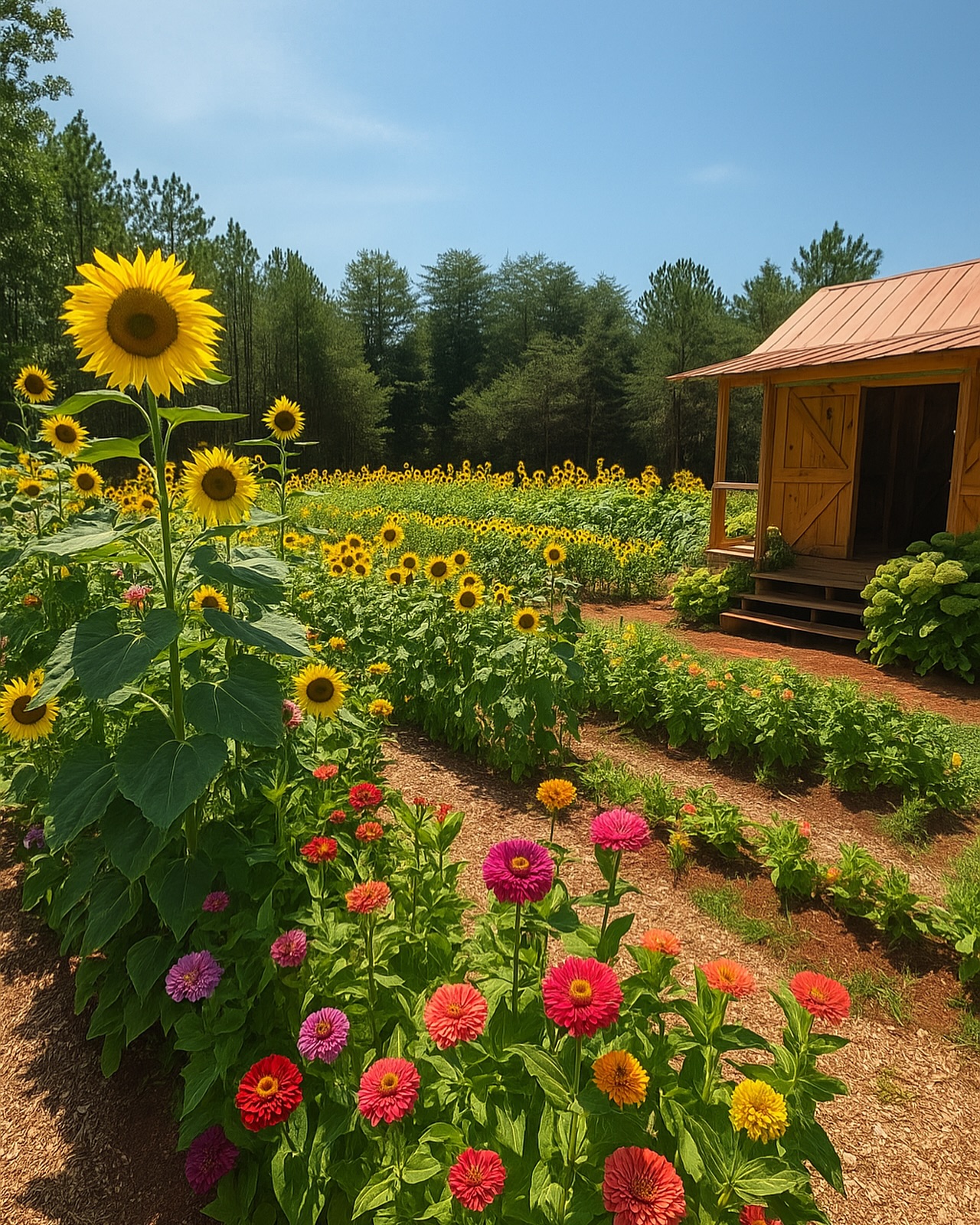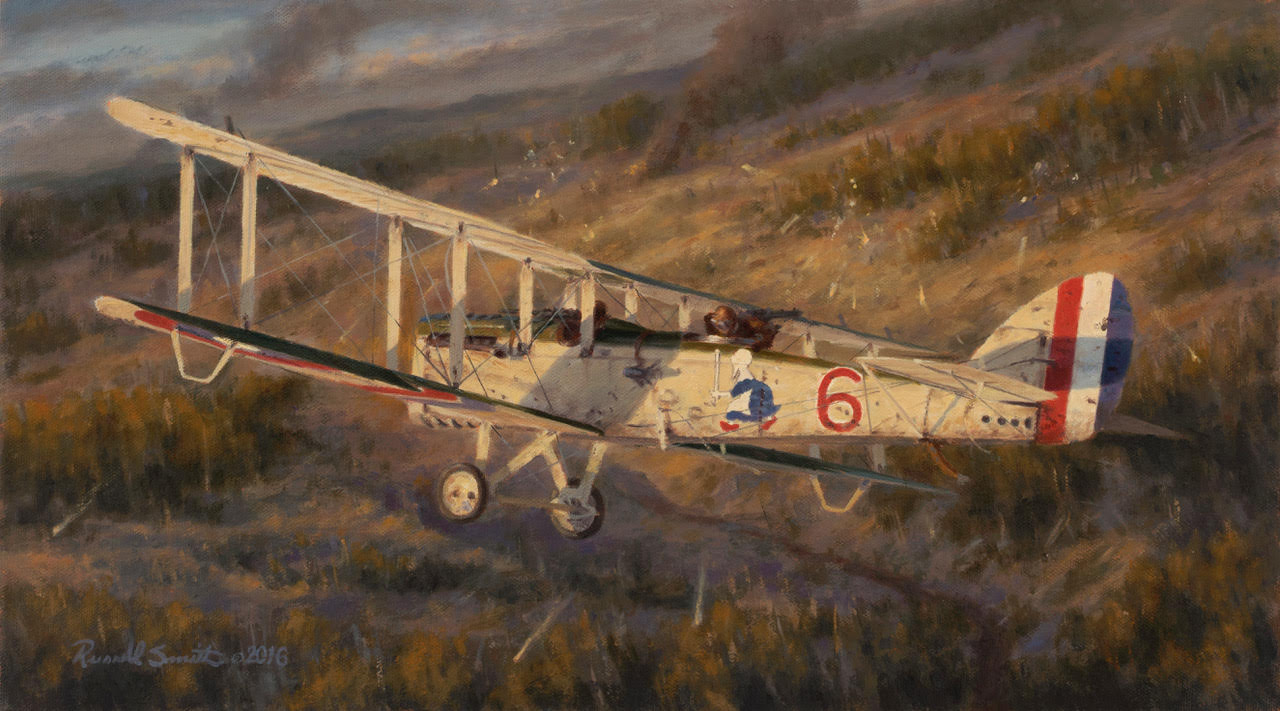A Close Call
Published 5:41 pm Wednesday, October 24, 2018
Welcome Indian summer, how I rejoice in your return.
The horse flies have relinquished their persistent biting for the season. An autumn breeze lifts my spirits while I kick up my freshly manicured hooves for a good gallop with my donkey pals, Lily and Claree.
We dash to our favorite grazing spot by the pond in the lower field. I have a buck buddy, a “deer” friend with whom I cultivated a relationship last October. Like clockwork, he has returned this fall to share my sweet spot under the shelter of the huge oaks that trim the fence line of this heavenly pasture.
Trending
Color has not yet painted the leaves on the trees.
Something about this time of year makes me reflective of all things, both good and bad.
Most recently, it was a frightening situation with the beautiful thoroughbred mare, Indian Prospect. She was saved in August 2017, and lived almost a full year in the foster care of Sandy Brown.
Lee served as a pasture pal for Spirit, Sandy’s handsome gelding and riding companion. When Spirit passed away, Indian Prospect, called Lee for her barn name, had to move, as, at 3 years old, she was too lonely without a mentor to lead the way.
This stoic, long-legged mare is a great beauty. Horse trainer Rick Millweard, who is such an important volunteer for HERD Rescue, devoted numerous hours to helping Lee get back to groundwork training in preparation for reintroducing a rider to her back this fall.
Trending
Clever and confident, Lee jumps over logs, propelling herself onto the obstacle bridge with the point of Rick’s finger. They were working regularly in Sandy’s training ring.
Soft-eyed Lee keeps intensive focus on her leader. Her full attention expresses her pleasure to be in training again, with new challenges to tackle.
Lee moved from Sandy’s farm to Edge Rescue barn for a short stay. Then horsewoman Karen Benson became enamored with her and decided to foster Lee at her farm to continue the training to find her a new home.
Karen had recently lost a rescue thoroughbred gelding, Atom, she saved from a kill pen in Pennsylvania. This hole in her heart made room for taking Lee into her care as, like Atom, Lee is a stunning bay with outstanding presence.
All was going well in this new scenario, with Lee becoming a bonded member of Karen’s herd of horses.
Then, one afternoon, trouble came a-calling.
Lee was in distress and rolling on the ground, not following the other horses into the barn. The doe-eyed beauty was in great pain, biting her sides.
Karen immediately called my mistress, Heather, the founder of HERD who oversees all the rescue horses’ medical care.
Veterinarian Kris Woodaman was summoned for help, and Lee was brought to her barn for evaluation immediately. Within an hour of her arrival, after pain medication and a mineral oil flush of her stomach, Lee appeared much brighter.
She passed some manure, and was loaded to go back home for the night to monitor her progress.
About five hours later, Lee was down again, thrashing in pain. Karen spent much of the late night keeping her on her feet while giving her more pain medication until Dr. Woodaman’s early return. Heather came to help as they hooked Lee up to an IV for administering large bags of fluids the entire day.
A tube was also placed down her nose into her stomach to monitor the reflux not able to leave her body under the normal course of action. As the day wore on, the horrific smell coming out the tube let her team of caregivers know she was in very bad shape.
Lee was so brave. She endured the pain, standing for hours on end, accepting the fluids and visitation from many of her fans, including Rick and Barbara Claussen, who brought essential oils for calming Lee during this stressful event.
It was not looking promising, as the smell intensified. She wreaked of death, and fear danced in her eyes. A plan was made for burial arrangements in the event her suffering became too great.
Dr. Woodaman was on-call as the fluid bags emptied, one after another. Lee’s team took shifts holding her in place on her four unsteady feet.
By the second sundown, Lee was still not out of the woods, but showed improvement. She was anxious to walk around and nibble on some grass, which was a good sign.
Heather and Karen stood with her, hand-grazing at 11 p.m. Both women were tired, but not nearly as exhausted as Lee. She drank some water, went in her stall and passed a dry manure.
This was promising. Now, only time would tell.
Karen called early the next morning to report Lee had produced a big, wet pile of fresh droppings. A wonderful gift and an indication that the blockage in her intestines was breaking up, and the pain was subsiding.
For two more days, Lee only ate soupy meals and a bit of fresh grass until everyone felt confident she could return to her herd and resume a normal day of grazing.
How can colic be prevented? What did we all learn to prepare for next time?
Not one of us is sure why this happens to many equines, but it does, in varying degrees of intensity. Lee had access to fresh water and good grass all day. Still, she was afflicted when none of the other horses were.
I, too, have endured two mild bouts of colic living here in the Foothills. No one knows what brought on my suffering, either.
Maybe it was a change in the weather, or could it have been caused by something I nibbled on in my pasture?
Call it a terrible stomach ache if you will but, in Lee’s case, it was truly a life or death situation. In short, it was a very close call. •
Pebbles is the “spokespony” for HERD, or Helping Equines Regain Dignity, a local nonprofit that saves equines from dire conditions and in many cases slaughter. She dictates her monthly columns about her adventures and what a rescue organization does to Heather Freeman. Pebbles and Heather can be reached through HerdRescue.org.







